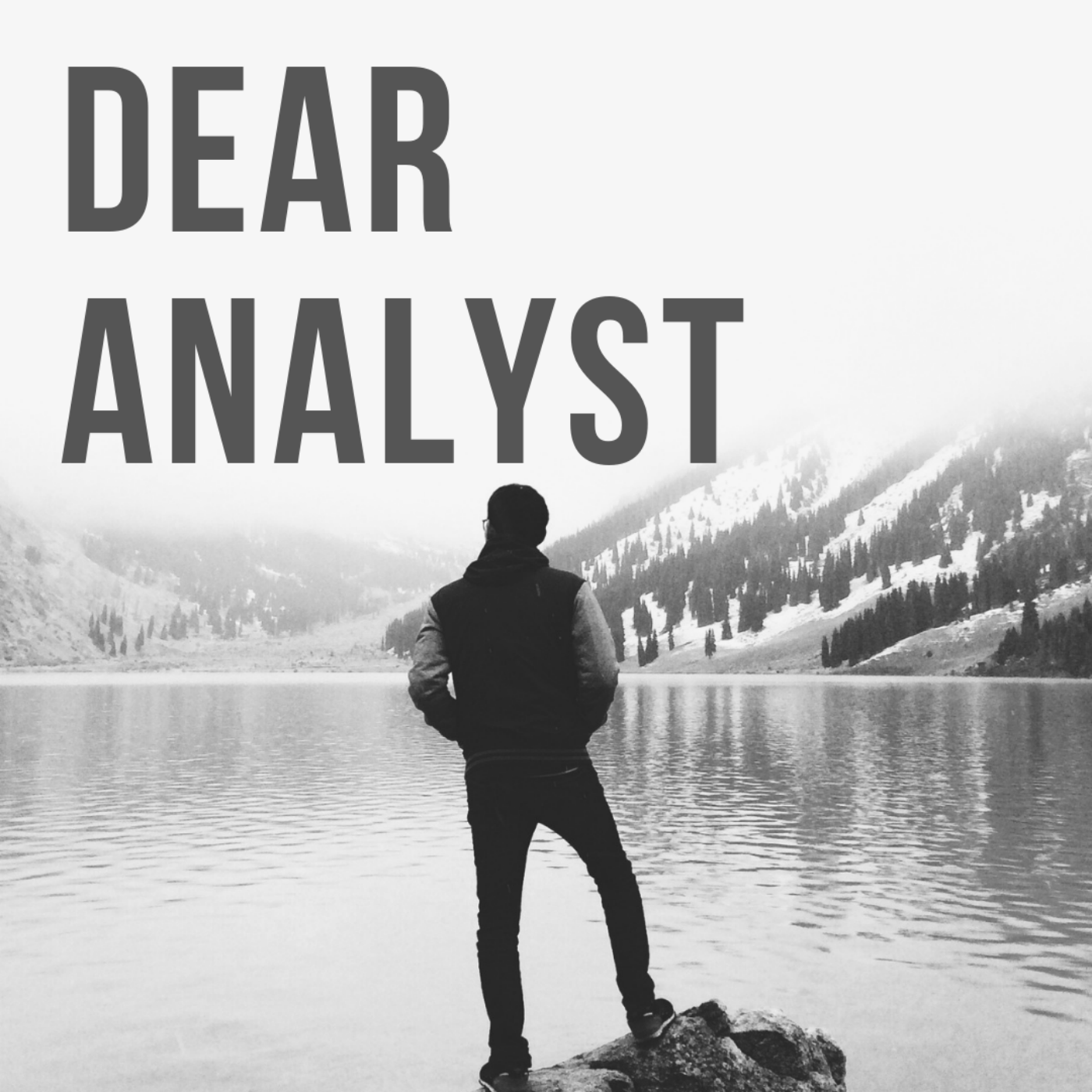Dear Analyst #126: How to data storytelling and create amazing data visualizations with Amanda Makulec
Description
With an undergraduate degree in zoology and a master's in public health, you wouldn't expect Amanda Makulec to lead a successful career in data analytics and data visualization. As we've seen with multiple guests on the podcast, the path to a career in data analytics is windy and unexpected. It was the intersection of public health and data visualization that got Amanda interested in data visualization as a career. In one of her roles, Amanda was supporting USAID by analyzing open data sets and creating charts and graphs for publishing content. Her team consisted of graphic designers and developers. Designers would basically take her charts from Excel and add more color and add on text to the chart. Amanda found that large enterprises were facing the same challenges as the organizations she was supporting in public health (and enterprises have more money to throw at this problem). Thus began Amanda's career in data viz.
How do you tell a data story?
We've talked a lot about data storytelling a lot on this podcast. If there is one person who can crisply define what data storytelling is, it would be Amanda. This is Amanda's definition according to this blog post:
Finding creative ways to weave together numbers, charts, and context in a meaningful narrative to help someone understand or communicate a complex topic.
We talked a bit about how data storytelling can mean different things to different people (this blog post in Nightingale talks more about this). You might work with a business partner or client who says they want a data story, but all they really want is just an interactive dashboard with a filter. Amanda cites Robert Kosara's definition of data storytelling in 2014 as one of her favorites:
* ties facts together: there is a reason why this particular collection of facts is in this story, and the story gives you that reason
* provides a narrative path through those facts: guides the viewer/reader through the world, rather than just throwing them in there
* presents a particular interpretation of those facts: a story is always a particular path through a world, so it favors one way of seeing things over all others
Amanda stresses the 3rd bullet point as the most important part of data storytelling. If the audience has to walk away with one analytics fact from the story, what is that fact you want to get across?
Source: Effective Data Storytelling
Getting feedback on your data stories and visualization
One point Amanda brought up during the conversation which I think is worth highlighting is feedback. After you've published of launched an analysis, dashboard, or data story, you rarely get feedback on how effective the product was at telling a story. You might get some qualitative feedback like the dashboard answers specific questions or that the findings are "interesting." But was the visualization actually effective at telling a story?
Amanda likes to ask people what they like and don't like about her data stories and visualizations. Often people will get frustrate because the key takeaway from the data story is simply counter to what they believe. This leads them to questioning the validity of the data source. But you as the storyteller are simply conveying the signal from t...
More Episodes
When you think of your data warehouse, the "semantic layer" may not be the first thing that pops in your mind. Prior to reading Frances O'Rafferty's blog post on this topic, I didn't even know this was a concept that mattered in the data stack. To be honest, the concept is still a bit confusing...
Published 09/10/24
Published 09/10/24
If you could only learn one programming language for the rest of your career, what would be it be? You could Google the most popular programming languages and just pick the one of the top 3 and off you go (FYI they are Python, C++, and C). Or, you could pick measly #10 and build a thriving career...
Published 08/05/24


